5 Photography Rules You Should Break!
“Learn the rules like a pro so you can break them like an artist”, said Pablo Picasso.
Pablo was referring to the rules of art… but what does that statement even mean?
If we break the rules, won’t the image just be wrong? That’s what I used to ask myself! But one day it made sense (ah-ha! Light bulb moment!).
When we understand why the rules exist, and how they help to make an image work, then we can then learn how to break that rule with purpose, and ensure the image still works.
You might ask yourself at this point why we’d even bother. If the rules help an image to work, why would we break the rules?
Because it’s fun! It helps us think outside the square and discover our own creative style. When it’s done purposefully and meaningfully, it can add an extra element of interest or surprise, and create some really stunning images!
So with that in mind, here we share with you 5 rules you should break, and how to ensure your composition still works!
Rule #1: Face Your Subjects into the Negative Space
When our subject is not facing the lens, we need to give them some negative space to look into, otherwise it can feel unbalanced, and lead the viewer’s eye out of the frame, and that’s the last thing we want!
In instances where we’re photographing action, we need negative space for that action to take place.
But think outside the square.
Sometimes deliberately facing our subject facing away from the negative space can tell a story or create interest, or allow us to compose our subject in an unexpected way.
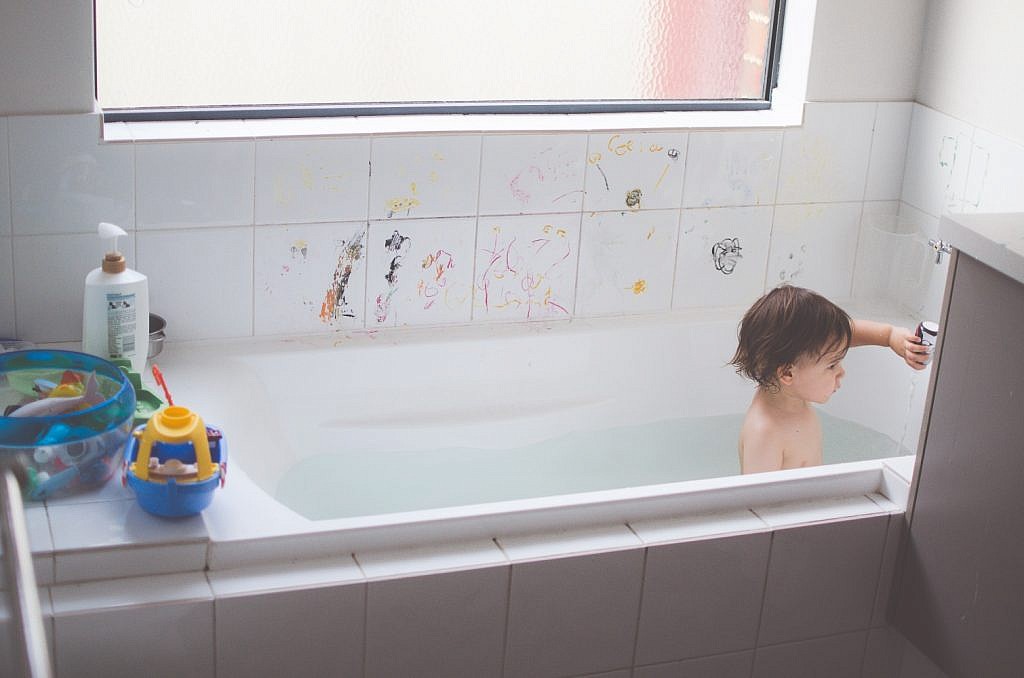
Alana Prosper
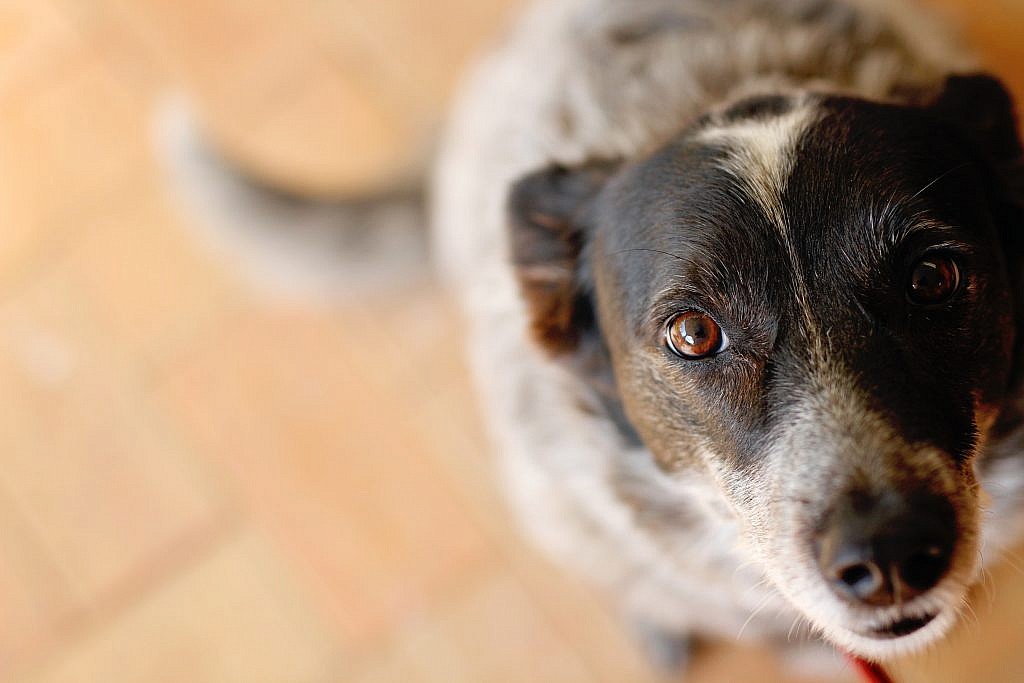
Justine Eacott
Rule #2: Never Centre Your Subject
This one comes from the rule of thirds, a compositional technique that helps us create images which balance all the elements in a way the human eye is naturally drawn to.
But we can get bogged down in anchoring everything on those handy intersecting points of the rule of thirds grid… and it ignores another compositional rule… looking for symmetry.
When there is symmetry in the scene or the subject, pop that baby in the middle and get stunning results!
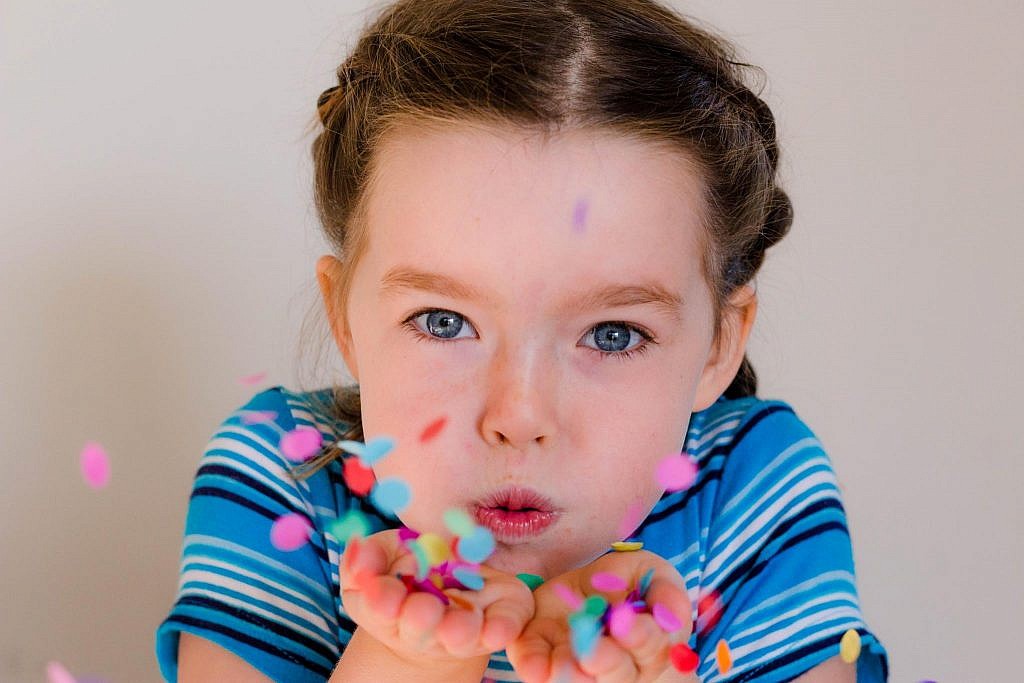
Sarah Elizabeth
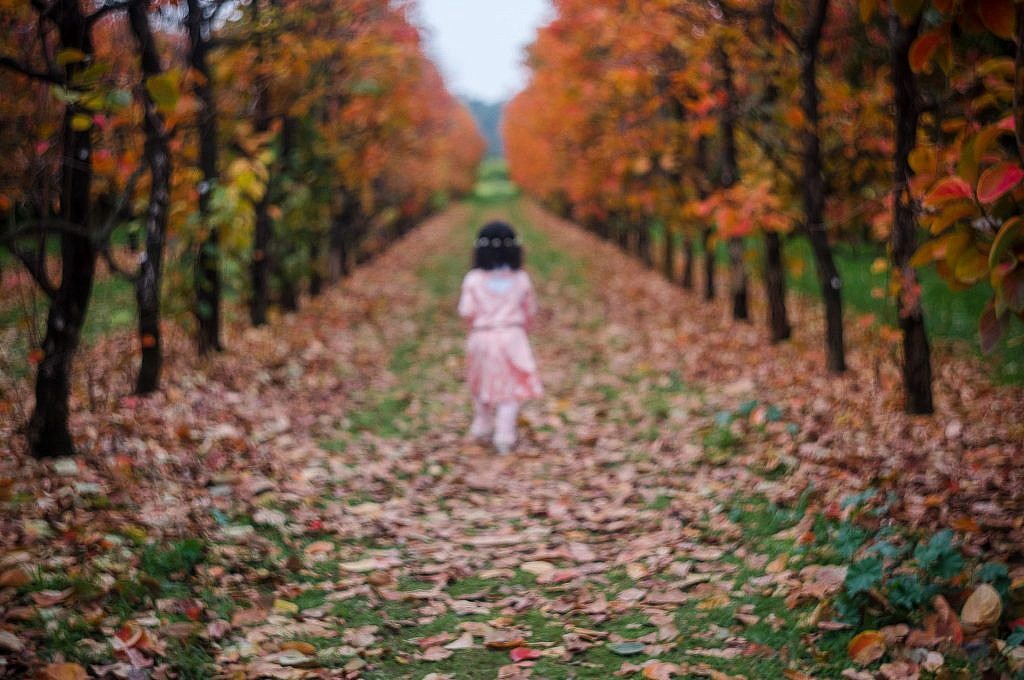
Humera Aaqib
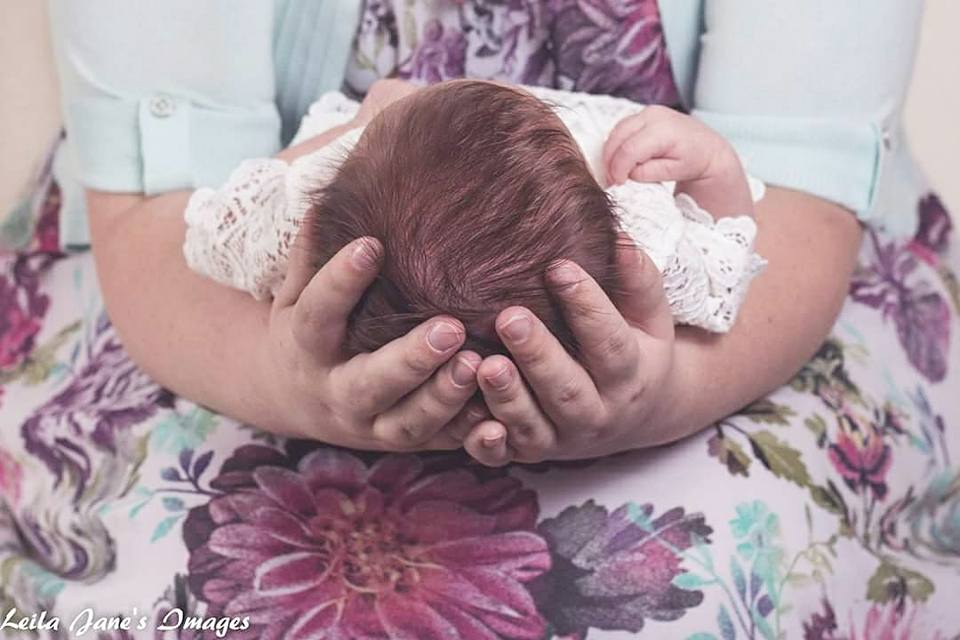
Leila Jane
Rule #3: Shoot Portraits in Soft Light
Soft light is found in lightly shadowed areas away from direct sunlight. Open doorways, porches, gazebos, and during the golden hour. For flattering portraits, soft light is where it’s at.
But hard light… which can be recognised through the sharply defined lines it creates between the light and shadow… can be used creatively. Look for interesting shadows cast by your subject and incorporate them into the shot.
Even more fun is to look for shadows created by everyday objects in your surroundings and allow the shadow to become the subject!
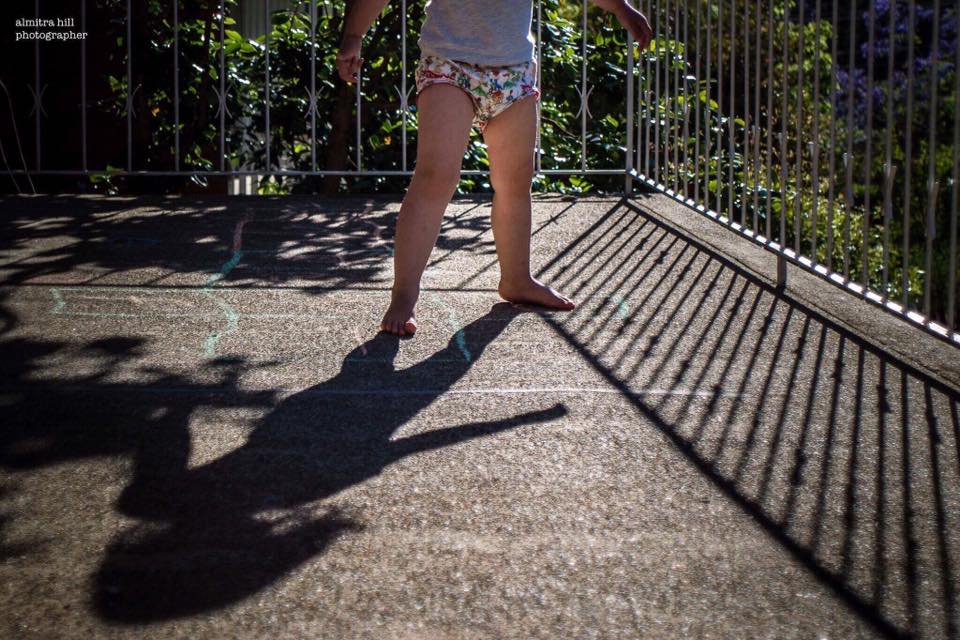
Almitra Hill
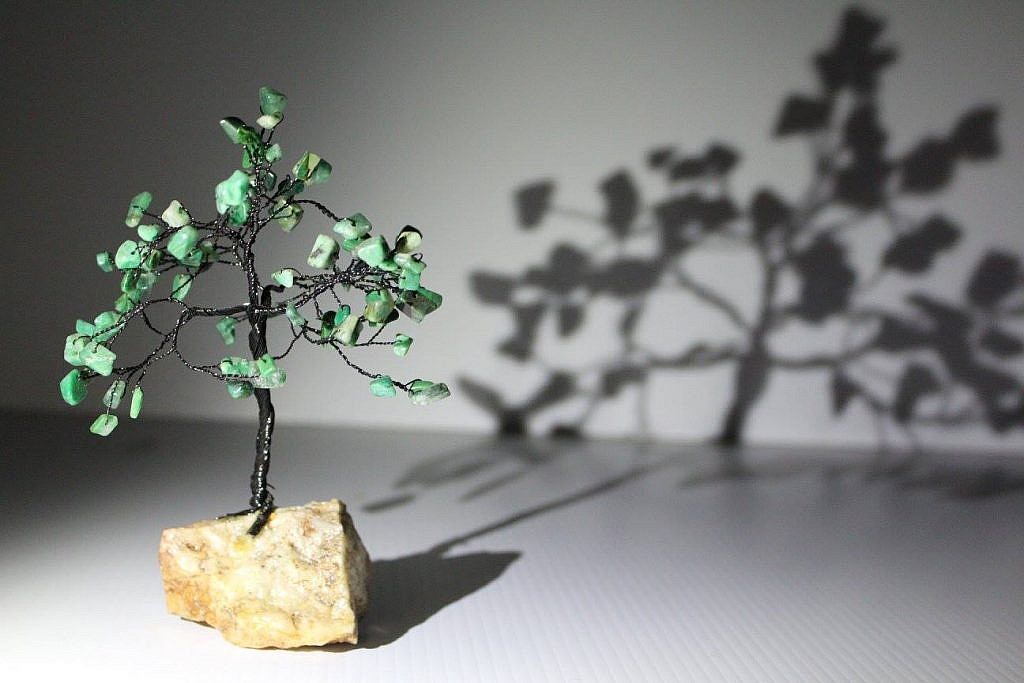
Michelle TheVegan
Rule #4: Don’t Overexpose Your Highlights
This one is so ingrained that there is an actual warning function in most DSLR cameras to alert us to overexposed highlight areas in our photos. So it can be easy to understand why some of us (hand up here!) can get a bit precious about dialling back our exposure every time we spot any blinking red warnings on the LCD screen!
That being said, it’s a handy tool to help us avoid over exposing skin. But when our subjects are backlit, it’s pretty hard to avoid areas of clipped highlights in the background.
This is my personal rule of thumb… as long as the blown highlight area doesn’t distract us from the subject, and the subject is acceptably sharp and clear with good separation, it’s ok.
Embrace the blinkies!
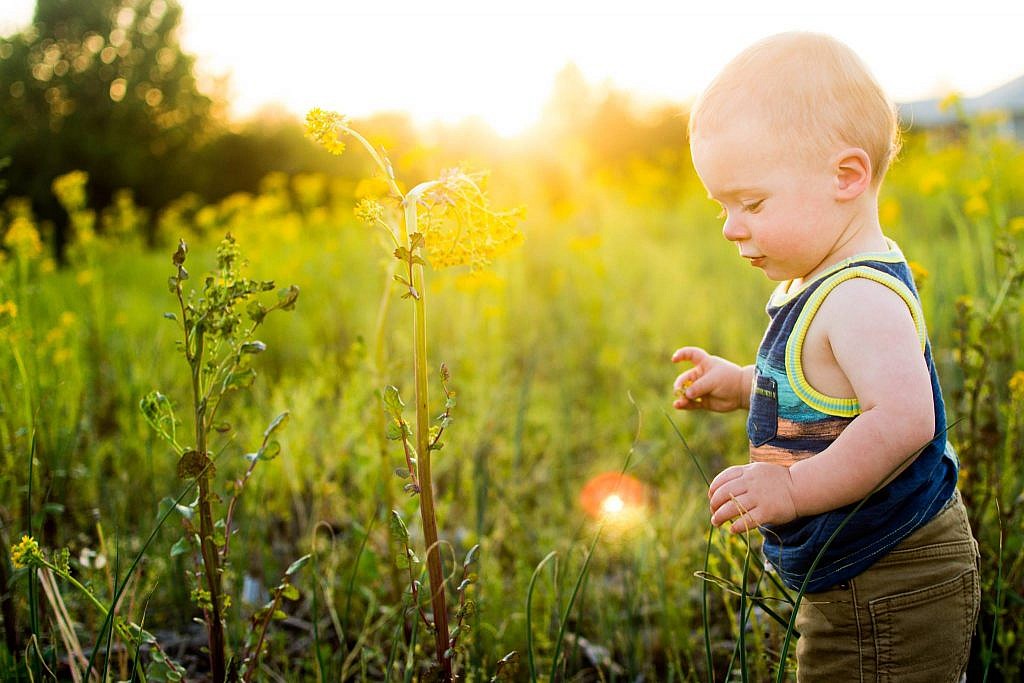
Dana Schulte Whitley
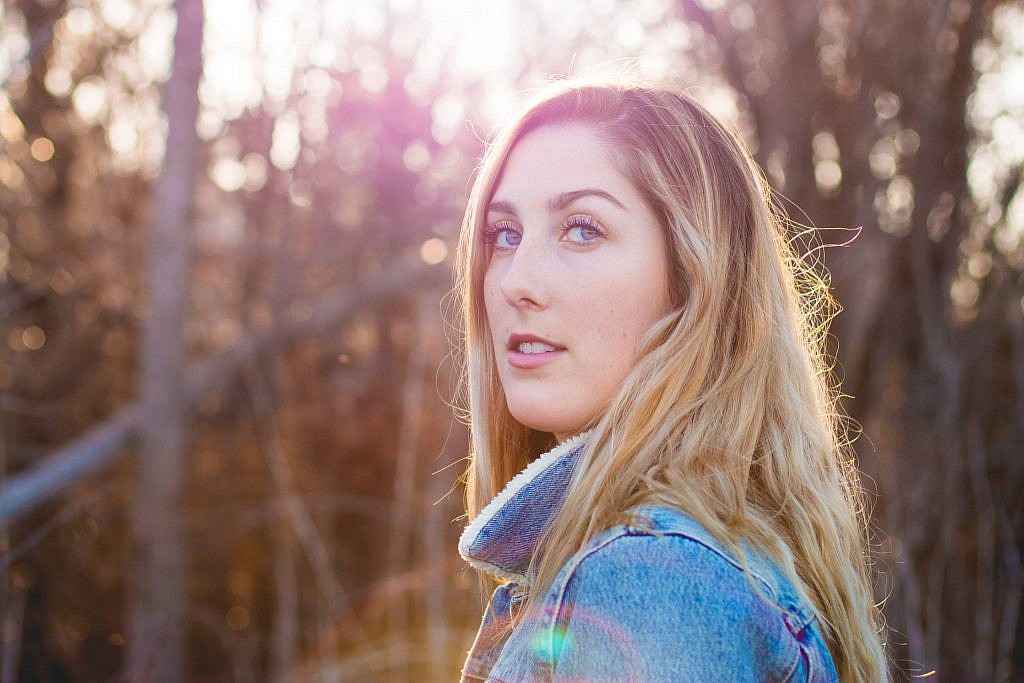
Kailey Nagymarosi
Rule #5: Shoot Portraits at Eye Level
Shooting at eye level is great for helping the viewer to engage with the subject. And when photographing little people, it’s also helpful for the photographer to engage the subject in order to get a natural reaction.
For portraits with a fun twist, think beyond the backdrop that is behind your subject. By getting lower than our subject and shooting up at them, it enables us to use the sky as backdrop.
Conversely, when we get higher than our subject and shoot down at them, we’re able to use the ground as backdrop.
As well as making unexpected backdrops, it’s useful to do this when your environment has a lot of clutter you can’t work around.
Oh and, this can be used for any subject not just portraits!
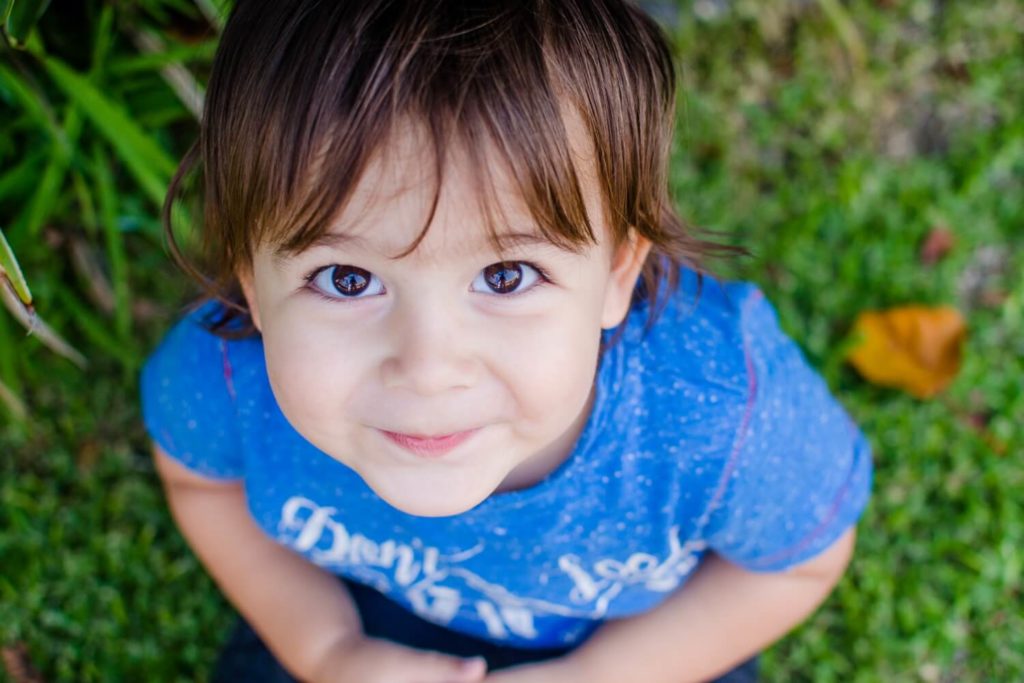
Alana Prosper
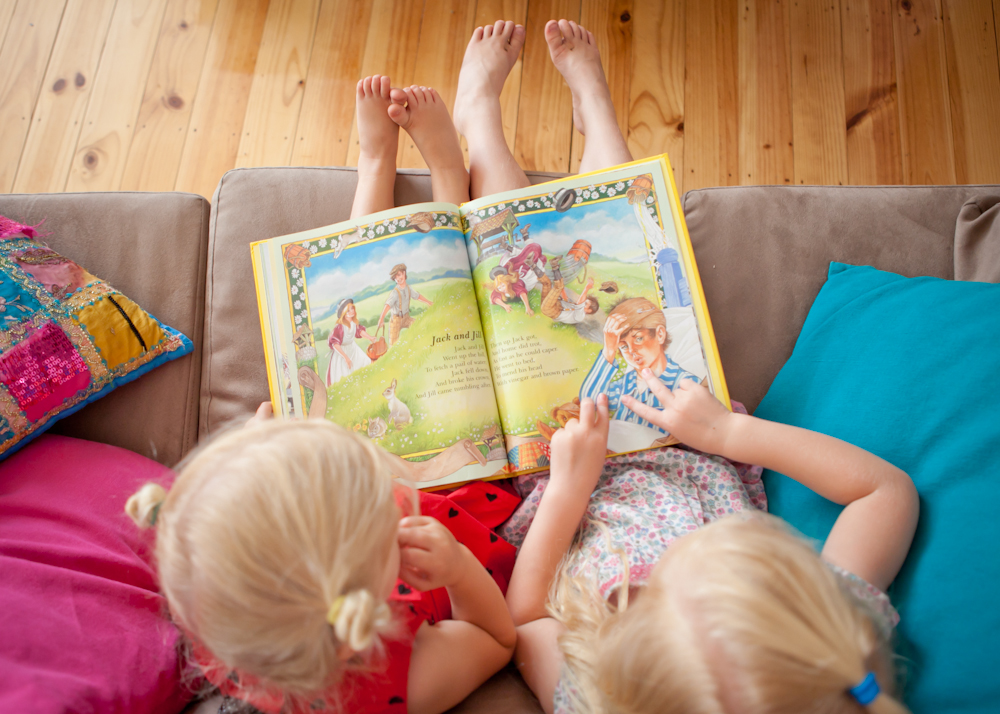
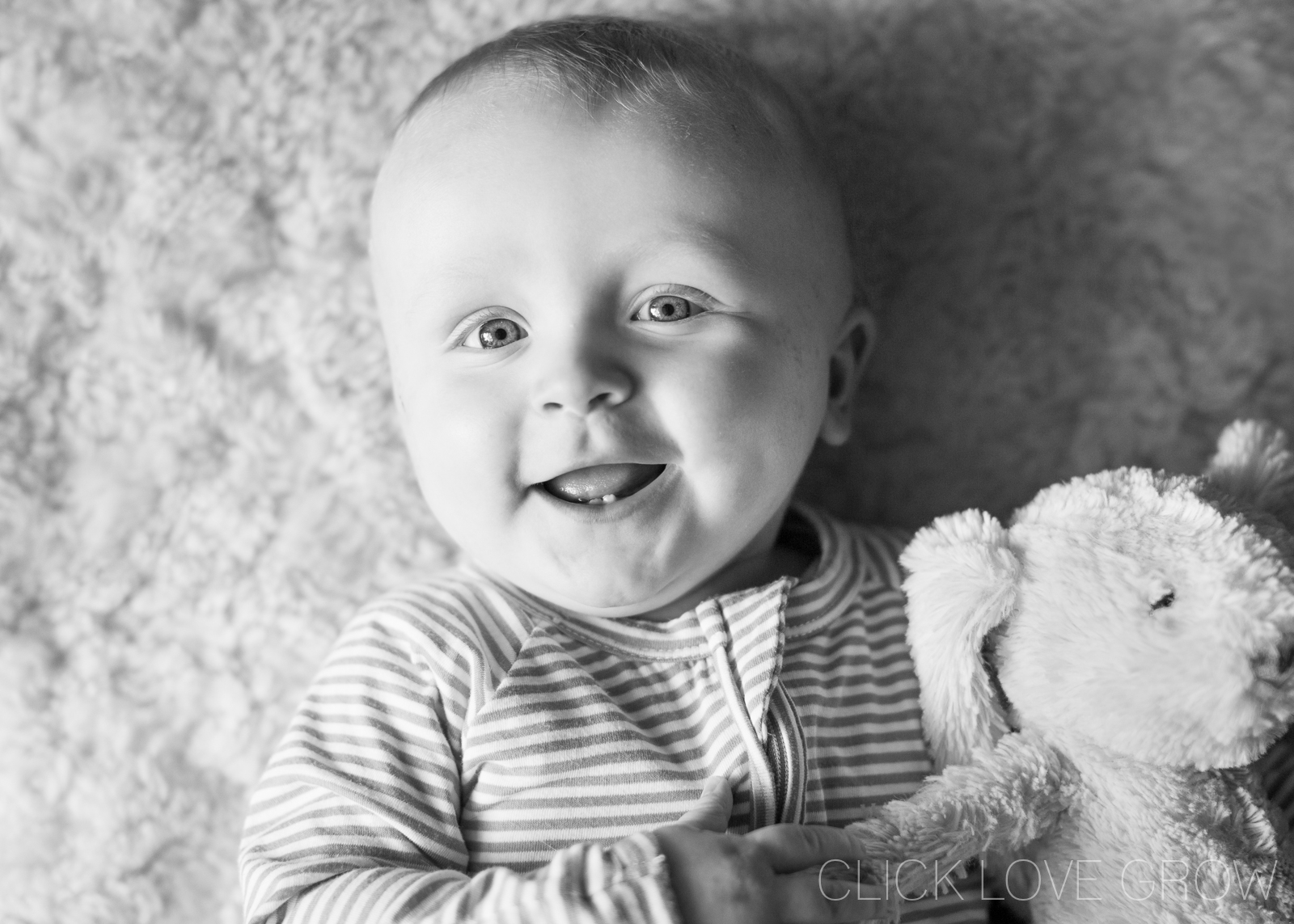
So what’s the big secret with how you break the rules and still take photos that work?
It’s shooting with purpose!
So grab your camera and prepare to get naughty… break the rules ON PURPOSE and enjoy the creative results!
A big shout out to all our fabulous Click Love Grow grads who took every one of the photos shared in this post!
Ready For More?
Join my new workshop and learn How to Shoot Pro-Quality Photos With Your DSLR… and it’s totally FREE to join! Register here…
Save
Compositional Tips, Graduates, Images We Love, Inspiration, Light in Photography, Portraits, Technical Tips, Try This
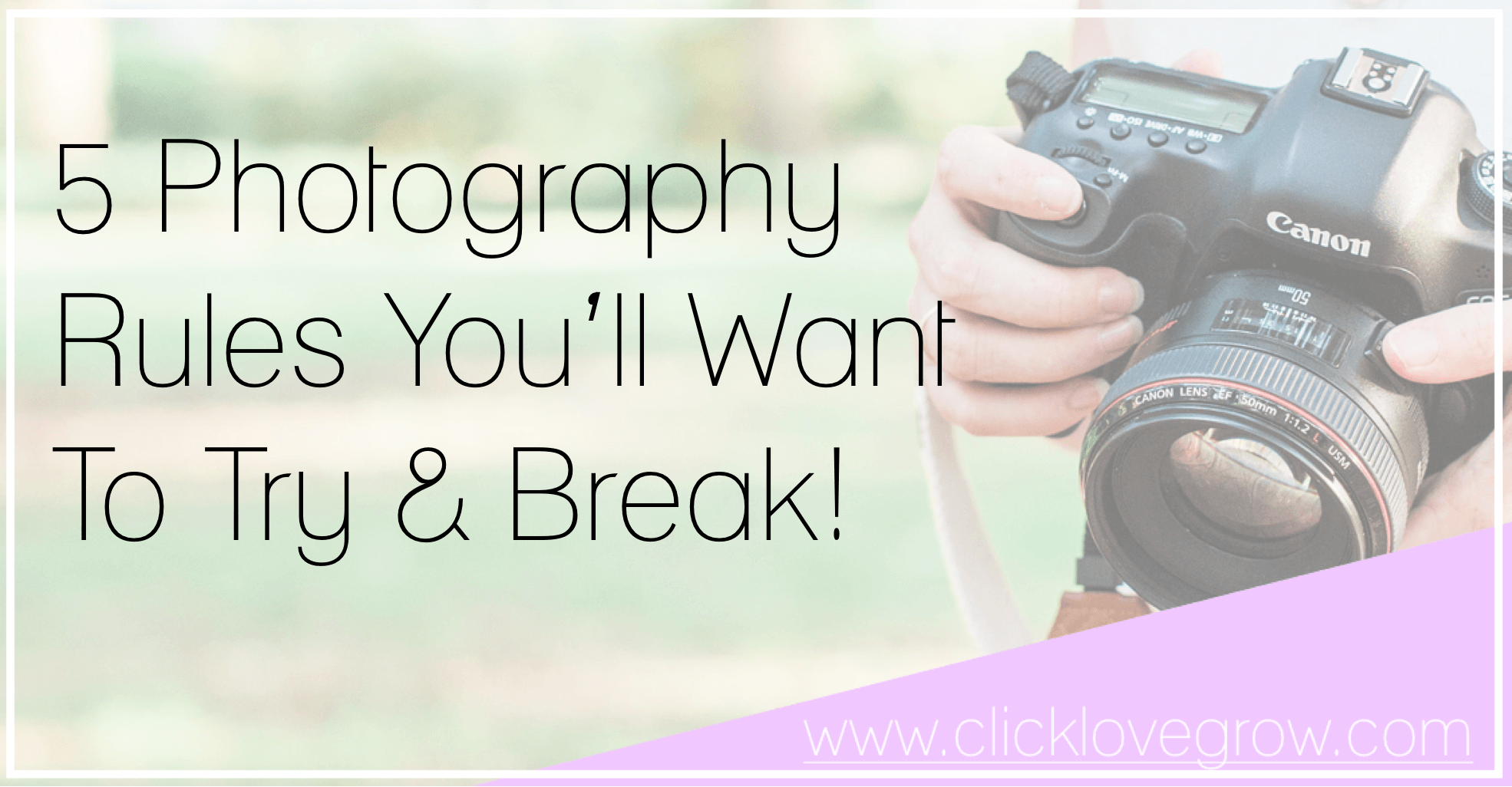
Leave a Reply Cancel reply
PRIVACY POLICY & SITE TERMS AND CONDITONS
CLICK LOVE GROW ™ Pty Ltd - COPYRIGHT 2024 ©
x
Join Now
Enter your info below to join the challenge!
Want a friendly reminder when I go live?
Pop in your number and I’ll shoot you a text.
* We will send text reminders for our live calls during the challenge! Reply ‘STOP’ to end or ‘HELP’ for help.
We promise not to ever share your details with anyone or send you spam! Check our privacy policy and terms of service.
Be the first to comment